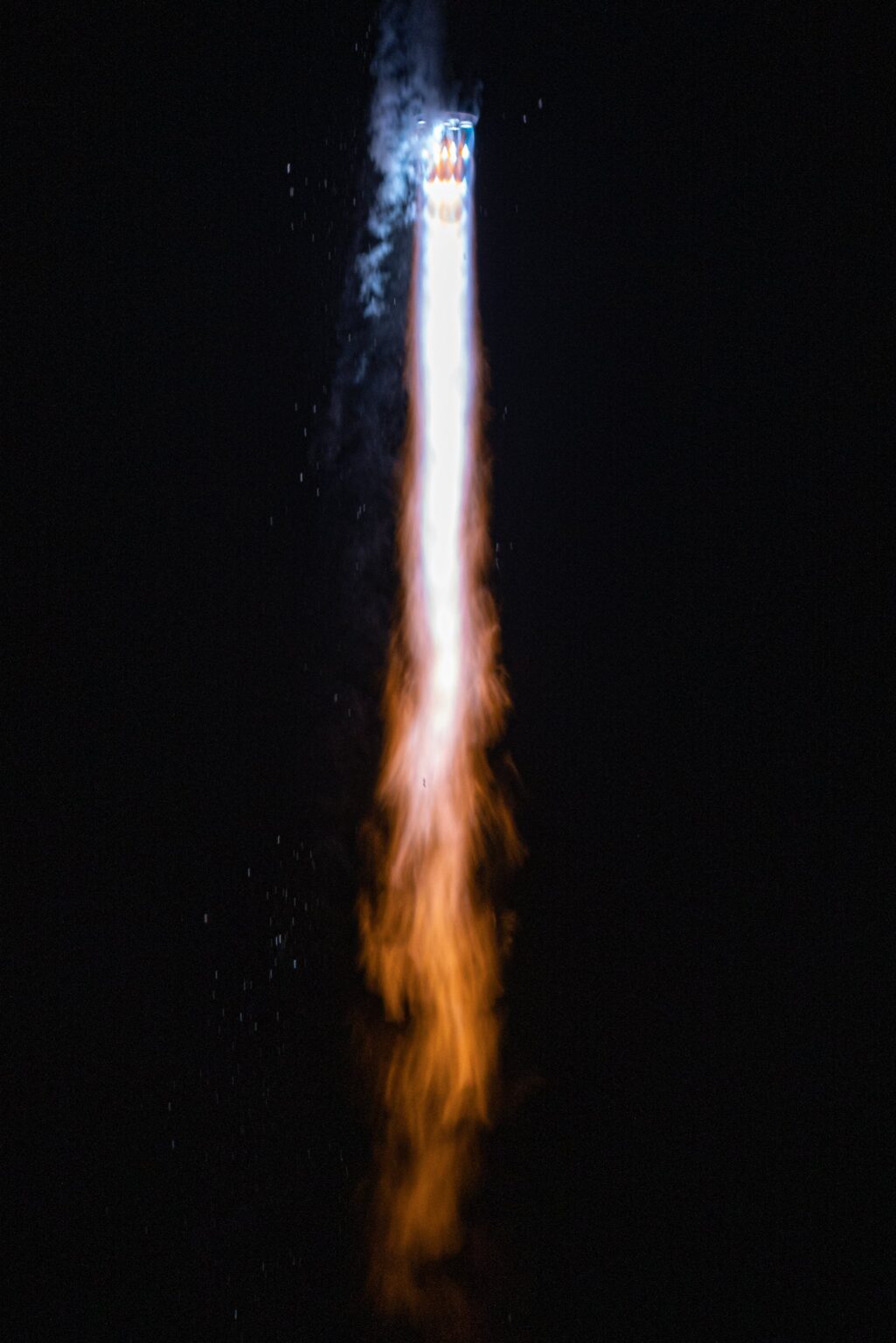On March 22, Relativity Space carried out the first launch of the Terran 1 rocket, 85% of the components of which were printed using a 3D printer. The carrier successfully took off, but failed to reach orbit due to the failure of the second stage.
3D-printed rocket
Relativity Space was founded in 2015. Its management has made a bet on the creation of rockets that will be completely printed on 3D printers. According to the designers’ idea, such an innovation will radically speed up the process of building carriers, which in turn will significantly reduce their cost. For this purpose, the company has acquired the world’s largest printer designed for metal printing.

Terran 1 is the first Relativity Space orbital rocket. It has a two-stage design. Its height is 35.2 meters, its diameter is 2.3 meters. The first stage of the Terran 1 is equipped with nine Aeon engines, the second with one Aeon Vac engine, which are also printed on a 3D printer. Power units use methane as fuel and liquid oxygen as an oxidizer. The rocket can carry up to 1,250 kg of cargo into low Earth orbit (LEO). The cost of one launch is estimated at USD 12 million.
Successes and failures of the first flight of Terran 1
The first launch of Terran 1 was postponed several times due to various technical problems. It was stopped once after the rocket’s engines turned on. As a result, Terran 1 went into space on March 22.

Initially, the Terran 1 flight took place according to plan. The rocket successfully broke away from the launch pad and overcame the Max-Q section — the point at which it is subjected to maximum aerodynamic drag during flight and experiences the greatest loads. Relativity Space management has repeatedly said that if Terran 1 manages to pass Max-Q, it will consider the test a success. According to the company, this will demonstrate that in terms of strength, the design of a 3D-printed rocket is in no way inferior to its traditional counterparts.
At the 165th second of the flight, Terran 1 successfully dropped the first stage. The failure occurred at the work site of the second stage. Judging by the footage from the onboard camera, its engine worked intermittently, and then completely off. As a result, the rocket failed to reach the first space speed and fell into the Atlantic Ocean. Terran 1 did not carry satellites — the only cargo on board was a 3D-printed part.
At the moment, Relativity Space has not made any statements about the possible date of the new launch of Terran 1. Tim Ellis, the company’s founder and chief executive officer, previously said that regardless of the test results, the company was considering stopping the development of the Terran 1 and focusing all efforts on the development of the Terran R. This is a more powerful rocket that can carry up to 20 tons of cargo into low-Earth orbit.
According to https://spacenews.com
Follow us on Twitter to get the most interesting space news in time
https://twitter.com/ust_magazine

